
8 minute read
Contact us to complete your application
FAST CHARGER LAUNCH

CONVENTION & VISITORS BUREAU, 2001 44 TH ST S, FARGO, ND
Monday, Sept. 21, 2020 3:30 PM - 5:00 PM
We are thrilled to be your local leaders in EV adoption. Charge forward with us as we celebrate our newest local fast charger at the Fargo Moorhead
Convention & Visitors Bureau. - Fast Charger Dedication - - Treats from the North by Sweet Commotion - - Charging Demonstrations - - Various Electric Vehicles on Display - - FMWF Chamber Ribbon Cutting @ 4:00 PM -
Location Sponsor:
Event Sponsor:



faq
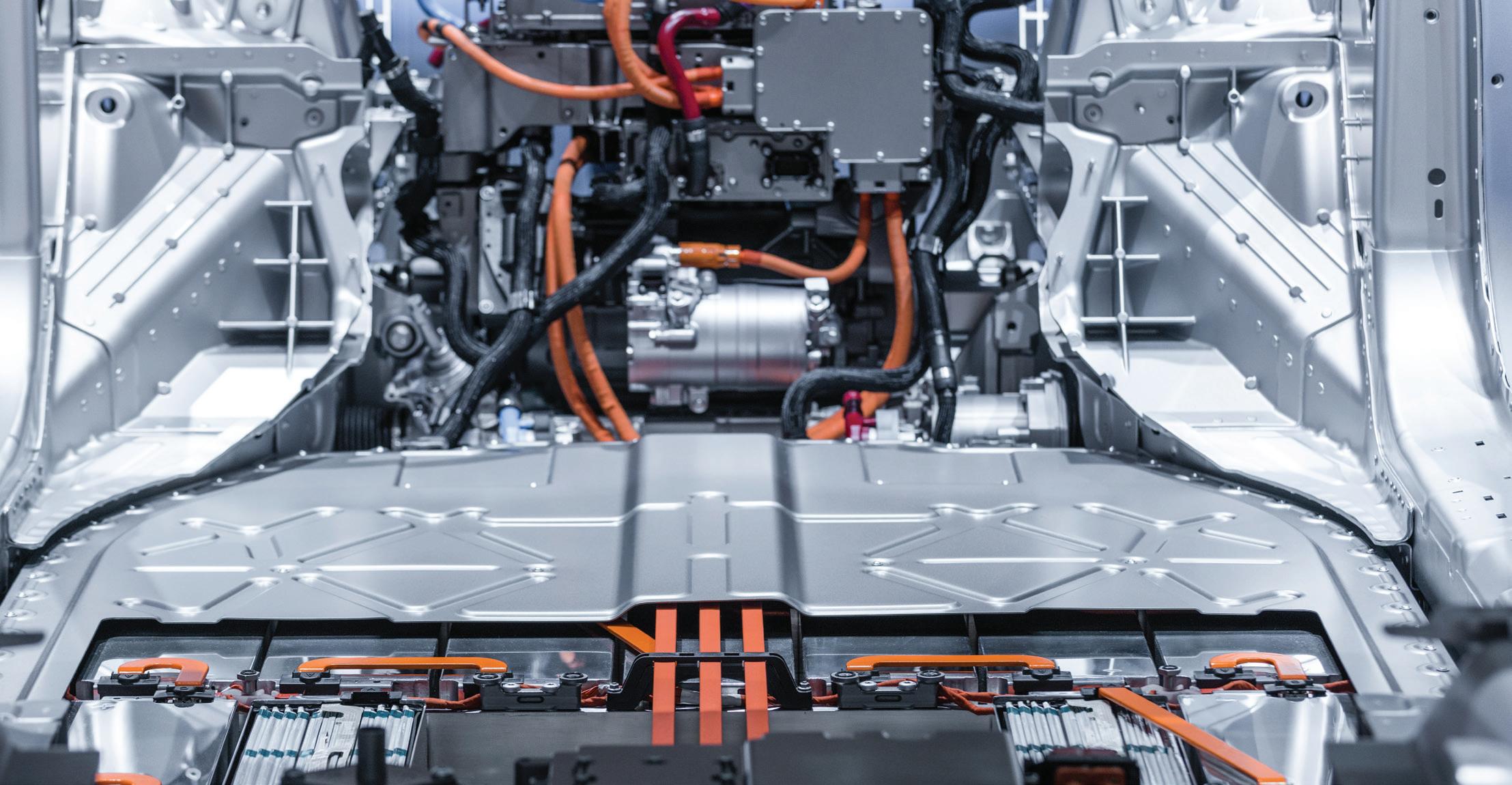
Questions about electric vehicles? We have answers!
What rebates are available?
In addition to the incentives offered from CCEC, current federal consumer tax credits are available ranging from $2,500 to $7,500 based on the size of the vehicle’s battery. Most insurance carriers offer discounted rates. Other federal tax credits or manufacturer rebates may be available.
How much will charging my EV cost?
On average, an EV will require 30 kilowatt-hours per 100 miles of range.
On regular electric rate, EV charging will cost $0.033 per mile.
On off-peak rate, EV charging will cost $0.017 per mile. year, the cost to charge an EV will be $264 per year on the regular rate/$136 per year on off-peak rate.
How long will it take to charge my EV?
A typical electric car (ex. Nissan Leaf) takes four hours to charge from empty using a 7-kW home charger.
How far can you drive on a fully charged battery?
A 7-kW home charger provides about 30 miles per hour of charge. All-electric vehicles currently range from 62 miles to more than 335 miles (Tesla Model S) on a full charge. Hybrids typically range from 10 to 53 miles on the electric battery.
How long until the average battery needs a replacement?
The lifetime of the battery varies greatly between models and is impacted by charging and driving practices. It is important to check with the manufacturer’s warranty before purchasing the vehicle. Most vehicles have a 10-year battery warranty, while others are the life of the vehicle.
How do EV batteries perform in the winter?
Both gasoline and electric vehicles have lower efficiencies at colder temperatures. For EVs, cold weather can impact travel distance per charge by 25-50%. Larger batteries, however, have less performance loss issues. Still, today’s EVs work well in cold climates, and new models will be even better. It is recommended that you store your EV in a garage during the winter and allow it to heat up while still plugged in.
glossary
EV Terminology
A broad category that includes all vehicles that are fully powered by electricity or an electric motor.
L1 L 2
Level 1 Charger: Charges your EV using a standard household outlet up to 120v. Level 1 is the slowest method of charging and can take up to 24 hours or more to fully charge your EV.
Level 2 Charger: Charges your EV at 240v using an installed outlet. Level 2 chargers are the most recommended chargers for EV owners. Level 2 can charge 5x faster than Level 1, which equals up to 26 miles per hour of charging.
L3
Level 3 Charger: Also known as a DC or fast charger, the fastest method of charging for all EVs. It can fully charge an EV battery in about half an hour. Level 3 chargers are currently rare as they’re costly and require more power.
Tesla Supercharger: A super-fast charging system that can provide up to 250 kW directly to the car’s battery. Currently, these systems are only available to Teslas.
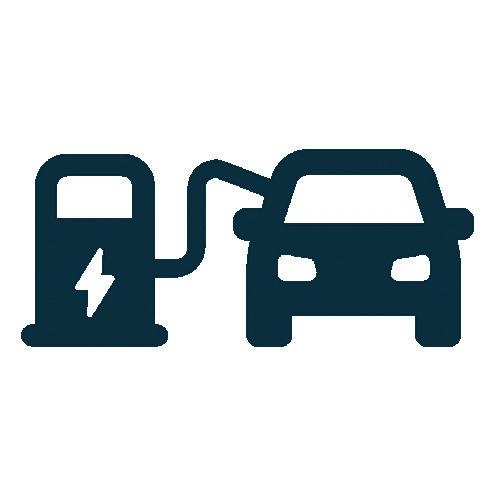
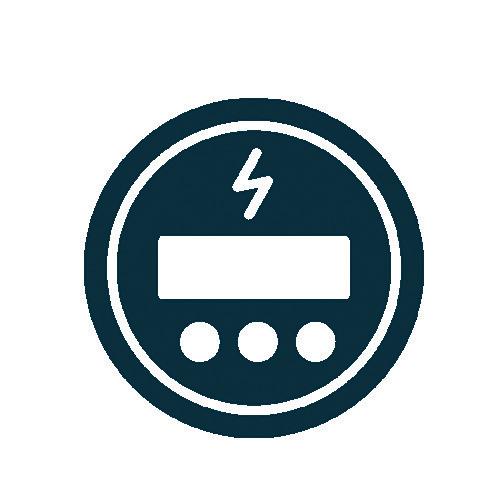
Off-Peak Charging:
Charging your electric vehicle at certain lowest-cost off-peak hours.
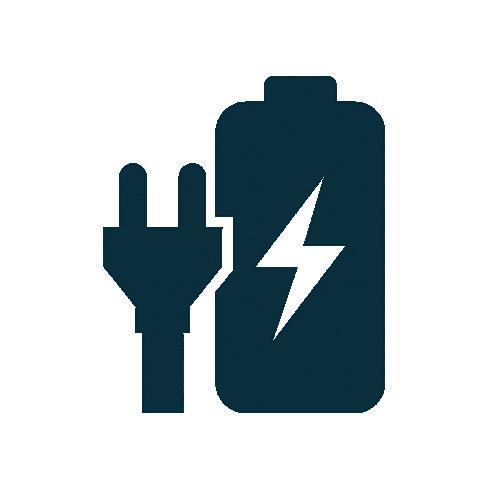
Range Anxiety:
Worry or stress that is caused due to the fear that an electric car will run out of battery power before the destination is reached.
safety
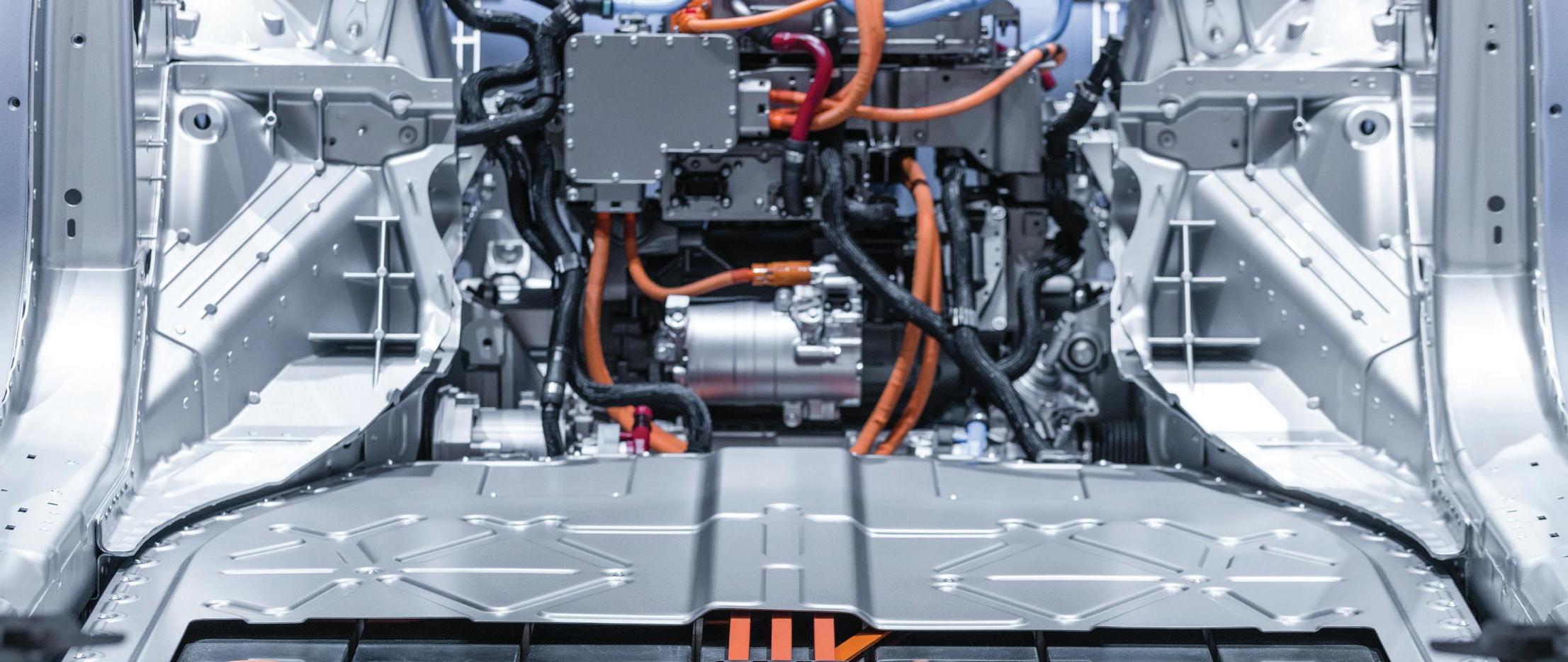
EV Safety
Wrapping your head around the idea electric vehicles are silent is a strange concept. It’s eye-opening to realize how much we associate engine noise with driving. The giant question individuals ask - are electric vehicles safe to drive? Yes. EVs are just as safe as the average gasoline vehicle.
Safety Requirements Electric vehicles go through the same strict safety tests and guidelines as the average gas vehicle. EVs have high-voltage electrical systems that typically range from 100 to 600 volts. Their battery packs are encased in sealed shells and meet testing standards that subject batteries to conditions such as overcharge, vibration, extreme temperatures, short circuit, humidity, fire, collision, and water immersion. EVs tend to have a lower center of gravity than conventional vehicles, making them more stable and less likely to roll over. According to the Insurance Institute for Highway Safety (IIHS), both the Chevy Bolt and Volt are safe vehicles. For the last five years, both EVs received Top Safety Pick awards from the IIHS.
Fire Hazards The probability of an EV catching fire is lower than cars with internal combustion engines (ICE). Gasoline fires start almost immediately when in contact with a spark. Battery fires take more time to achieve the heat necessary to start a fire. According to the Fatality Analysis Reporting System, fire was found in 2.6% of EVs and 4.4% of ICE vehicles in cases of fatal vehicle crashes.
Less Maintenance EVs are created with fewer moving parts than an ICE vehicle and because of this, they have less maintenance over their lifespan. Less maintenance means more time to enjoy the vehicle instead of worrying about parts failing. The battery and associated electronics require little to no regular maintenance. There are fewer liquids to change, so no oil changes. Due to their regenerative braking, the brakes don’t wear out as quickly.
Emergency Response Training Responding to an EV-related accident is challenging, and emergency personnel should be properly trained on how to keep themselves safe. Some key topics to know are how to power down the 360-volt system, fighting a battery fire with water, and getting people safely out of the car. Manufacturers publish emergency response guides for their vehicles and offer training for emergency responders. The National Fire Protection Association has training and information resources available at EvSafetyTraining.org.
photo
ND Through Your Eyes We look forward to publishing member photos that encompass anything North Dakota. Upload your image to CassCountyElectric.com/photo to have your image considered for the magazine.
Kim Wittenberg, Valley City
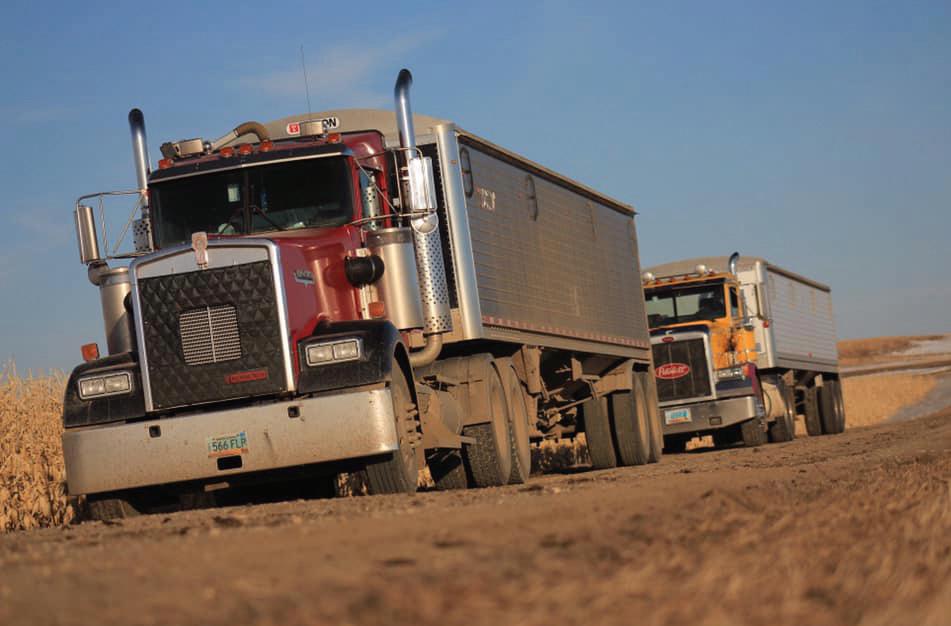
- 2020 Member Calendar Photo Contest - We invite our members to share their most beautiful, engaging and fun photos for the chance to appear in our 2021 calendar! Calendars will be mailed out in place of our December issue of Highline Notes.
Each monthly winner will receive $50, and our cover photo winner will receive a grand prize of $100. Submissions are accepted until Oct. 12, 2020. Visit CassCountyElectric.com/PhotoContest to enter your photos and review the guidelines.
Sticking with the electric vehicle theme, our employees provided you with some of their own homegrown North Dakota energy. These electrifying snacks should keep you charged up for miles!
Protein Balls Ingredients 1/2 cup creamy peanut butter 1/4 cup honey 1 cup rolled oats 1/2 cup mini chocolate chips 1/4 cup crushed nuts (your choice) 1/4 cup coconut Preparation
Add peanut butter and honey to a bowl and stir together. Then stir in the remaining ingredients.
Place in refrigerator for 20 minutes. Remove from the fridge and form into 1-inch balls.
food
Recipes From Your Kitchen
Email to ccec@kwh.com or mail to: Cass County Electric; Highline Notes, 4100 32 nd Ave. S., Fargo, ND 58104
Easy Jerky Ingredients
London broil (2 pounds) 2/3 cup soy sauce 2/3 cup Worcestershire sauce 1 Tablespoon Liquid Smoke 2 Tablespoons brown sugar 1 Tablespoons salt 1 teaspoon black pepper 1 teaspoon garlic powder 1 teaspoon onion powder Preparation
Partially thaw meat and slice into 1/4-inch strips. Mix together the seasoning. Marinate the meat in the refrigerator for at least 24 hours. Place a cooling rack on top of a cookie sheet and then lay the strips of meat tightly (but not touching) across the slats on the rack.
Set oven to 160°F and cook for 5 hours.

Oven-Dried Apples Ingredients 2 apples, washed and cored 1 teaspoon ground cinnamon Preparation
Preheat the oven to 225°F. Line baking sheet with parchment paper and slice apples in thin circles. Place the apple circles onto the parchment paper and sprinkle ground cinnamon on top. Bake, one side of the apples for 40 minutes or until the edges, start to curl up.
Then flip them over and bake for an additional 25 minutes. If you prefer apples crispy, bake for an additional hour and let them cool in the turned-off oven for an extra hour. Spicy Almonds Ingredients 1 cup almonds whole, unsalted, roasted 2 teaspoons olive oil 1/2 teaspoon Sriracha 1/2 teaspoon smoked paprika 1/2 teaspoon ground cumin 1/4 teaspoon garlic powder 1/4 teaspoon cayenne 1/4 teaspoon salt Preparation
In a small bowl, combine all dry seasonings and stir together until well-mixed. Heat olive oil in a small pan over medium heat for a few minutes until hot. Add the dry seasoning mix to the pan and stir with the oil. It should be hot and bubbling. Add almonds and stir until coated with seasonings, about a minute. Add Sriracha sauce and stir until mixed well, about a minute. Transfer almonds to a plate. Cool before serving.
800-248-3292 | CassCountyElectric.com 4100 32 nd Ave. S., Fargo, ND 58104

Visit CassCountyElectric.com/e-hln to unsubscribe from Highline Notes.
-Hindsight is 20/20-
Wow! We had no idea how much you loved our ad pages! Thank you to everyone who expressed their love and concerns about the ad section. As members, you have a voice, so watch for them to come back in October. Ads can be submitted at ads@kwh.com.







